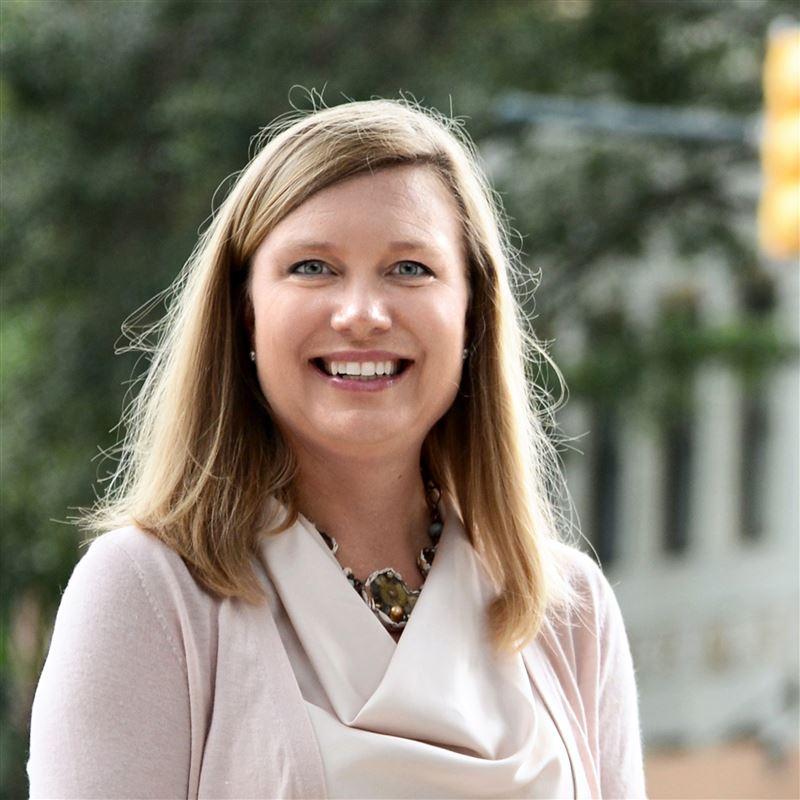Talking TSMO with Jessie Carroll
First defined in 2012 as a systematic approach to improving highway safety, reducing congestion and renewing roads and bridges, TSMO—short for Transportation Systems Management and Operations—is gaining momentum as an innovative planning strategy that focuses heavily on transportation operations and systems performance. Over the past few years, TSMO initiatives have ticked up due to the growing realization that agencies can no longer “build their way out of congestion.”
But while the trend towards TSMO is rising, many agencies still have practical questions about its basic principles. We sat down with one of CDM Smith’s TSMO leaders, Jessie Carroll, PE, PTOE, PMP to help answer some key questions.
 In your own words, what is TSMO and how does it tie into improved transportation networks?
In your own words, what is TSMO and how does it tie into improved transportation networks?
When I’m asked to describe TSMO to clients who aren’t familiar, I say it’s essentially a way of thinking through projects to make what you have work better. Too often, people assume that optimizing a transportation system automatically means adding new infrastructure. But with TSMO, we focus on operational improvements that can maintain and even restore the performance of the existing transportation system before extra capacity is needed.
The goal here is to get the most performance out of the transportation facilities we already have. That can lead to many benefits—traffic flow reliability, decreased congestion, and safety optimization—which cover the most pressing issues facing most transportation agencies. But there are also several others like improved customer service, more efficient use of resources, cleaner air and better economic vitality.
 Got it! So how would an agency get started? What’s the first step?
Got it! So how would an agency get started? What’s the first step?
Working with a team that not only has that proven track record of deploying successful programs but also knows how to easily incorporate TSMO strategies into an agency’s way of doing business is crucial.

With TSMO, we focus on operational improvements that can maintain and even restore the performance of the existing transportation system before extra capacity is needed.
 What are some of the biggest misconceptions around TSMO?
What are some of the biggest misconceptions around TSMO?
In my view, the biggest might be that TSMO and Intelligent Transportation Systems (ITS) are the same thing. I tell my clients to think of ITS as a branch of the TSMO tree; it’s a tool for managing and operating transportation systems but it’s not the only strategic improvement you can make. TSMO ultimately defines itself by the paradigm shift of considering the planning, design, people, processes, technology and data before the solution is implemented.
Another misconception is that by introducing TSMO into your agency’s operations, it means acknowledging that you’ve been designing or managing your systems ‘wrong.’ In those cases, I try to manage the pushback by emphasizing that there’s always room for improvement.
 Can you give us a real-life example of TSMO in action?
Can you give us a real-life example of TSMO in action?
Sure! Say your agency is battling increased highway congestion. Without TSMO, the immediate solution to a traffic congestion problem would be to just build another roadway lane. But with it, we utilize a 3-pronged approach to find the best solution.
First, like I mentioned, we get the departments to start talking to each other. We identify champions in each group who we can lean on to glean useful information about their department’s prioritizes and pain points. Then we start asking the right questions: What congestion-based issues is each champion seeing in his or her department? What questions do the champions have for their counterparts? If a new lane were to be built, what other improvements can be made during construction based on each department’s individual priorities? Those improvements might be anything from changing the bulbs in traffic signals to improving the process for clearing roadway incidents—but the key here is that each department is represented equally. Lastly, we bring everyone together to share what we heard and get all the concerns out on the table. That helps us best balance the needs of each group and build optimized strategies based on the feedback we received.
I always use our work with the Illinois Tollway as a great TSMO success story. The Tollway has longstanding programs for innovative operations and maintenance strategies, but like with all major transportation agencies, portions of the system experience recurring congestion, safety concerns, and performance issues. In the summer of 2019, we started working with the Tollway to build a TSMO strategic plan. We started with a version of the TSMO Guidance Self-Evaluation tailored to the Tollway’s unique issues and concerns. The focus of our efforts was to evaluate the Tollway’s status related to the Capability Maturity Matrix. The capability maturity model reviewed the Tollway’s systems operations and management at the agency level.
 What are the benefits of working with an outside consultant like CDM Smith to help implement TSMO?
What are the benefits of working with an outside consultant like CDM Smith to help implement TSMO?
TSMO requires unique knowledge, skills, and techniques to administer comprehensive solutions that can be implemented quickly at relatively low cost. Working with a team that not only has that proven track record of designing and deploying successful programs but also knows how to easily incorporate TSMO strategies into an agency’s normal way of doing business is crucial.
I’d also say that by having an outside party facilitate these inter-agency conversations, you eliminate the potential for one-sidedness. I find that individuals are hesitant to share their honest opinions when they fear repercussions from leadership or their peers, so using a consultant will help create a “safe space” so individuals can speak freely. Plus, we are trained in public engagement and stakeholder management. We ask the right questions, we bring in the right people and we use our unique perspective to “connect the dots” and suggest solutions that will benefit the entire team.







